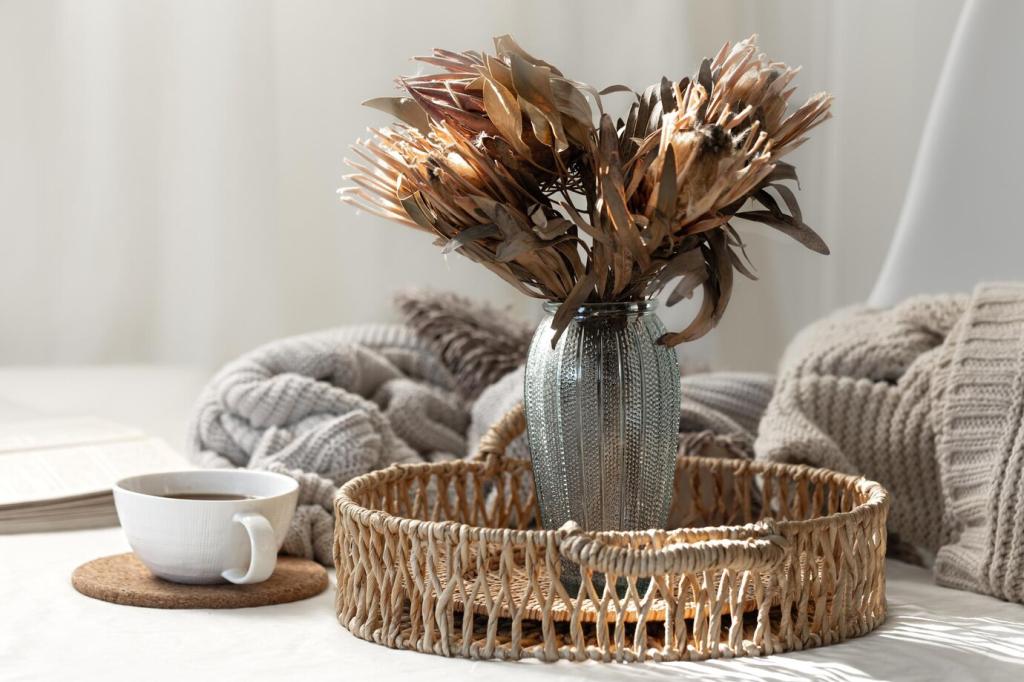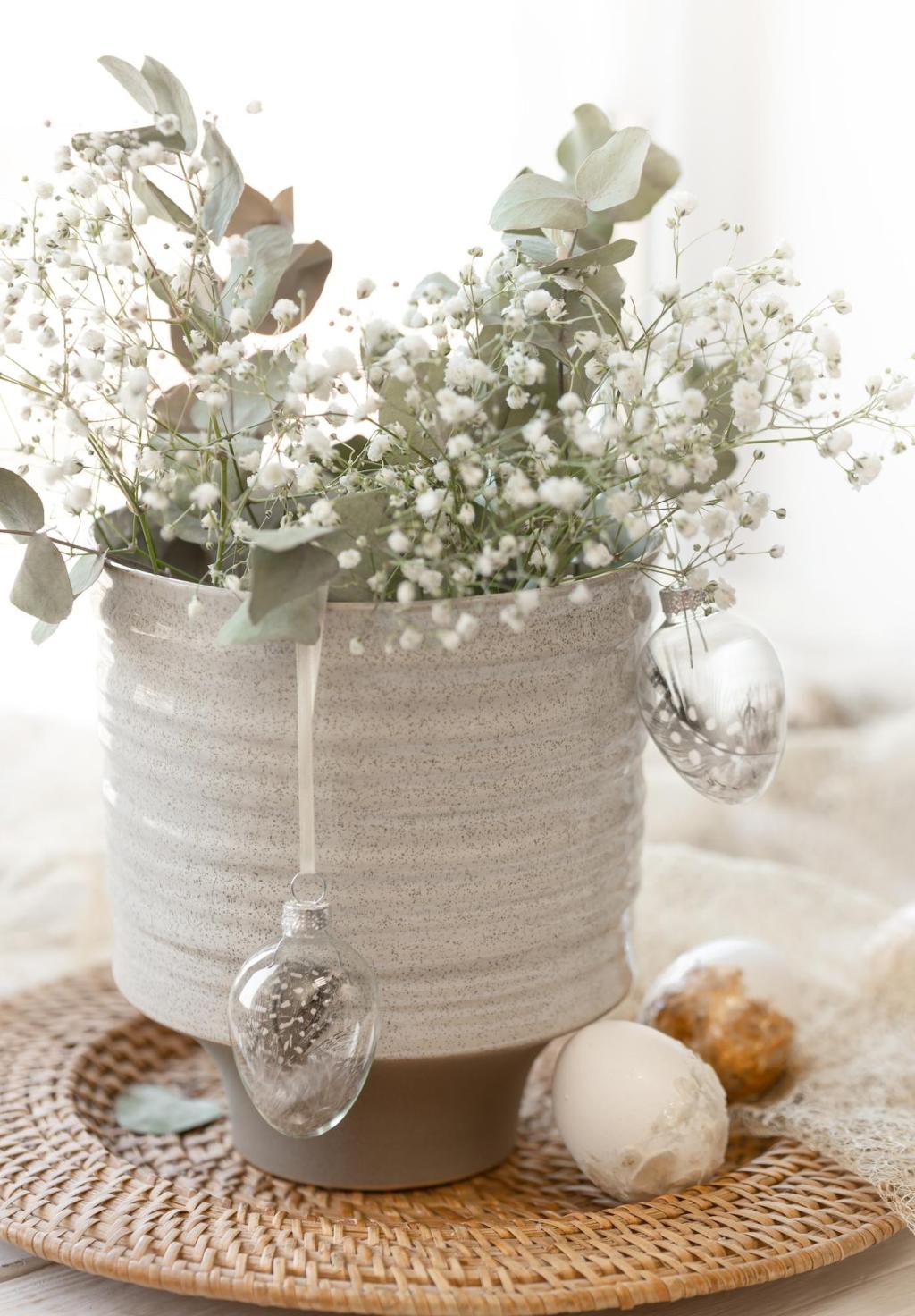Low-Maintenance Greenery for Sustainable Living
Embracing low-maintenance greenery is a transformative step toward sustainable living in modern homes. Incorporating plants and eco-friendly elements that require minimal care not only enhances indoor and outdoor aesthetics but also supports environmental responsibility. Through mindful plant selection and thoughtful integration, individuals can create greener spaces that thrive with little intervention, promoting wellness while conserving resources. This guide explores the many dimensions of using resilient plants and solutions that fit seamlessly into busy lifestyles, enabling longevity and environmental stewardship with ease.


Sustainable Gardening Techniques

Applying mulch around plants is an effective way to maintain garden health with minimal upkeep. Mulch acts as a protective barrier for soil, preserving moisture and keeping roots cool during hot spells, thereby reducing the need for frequent watering. It also suppresses weed growth, which eliminates the time-consuming task of regular weeding and keeps the garden beds looking tidy. In addition, as organic mulch decomposes, it enriches the soil with nutrients, supporting plant growth without synthetic fertilizers.
Eco-Friendly Indoor Plant Care
Natural Pest Management
Opting for natural pest control methods helps to safeguard indoor greenery without introducing harmful chemicals into the home. Solutions such as neem oil, insecticidal soaps, or beneficial insects maintain plant health while preserving the indoor air quality and protecting occupants from potentially hazardous substances. Routine inspections and prompt attention to signs of pests prevent infestations from escalating. This approach aligns perfectly with sustainable living by supporting a healthy ecosystem indoors and reducing dependency on commercial pesticides.
Optimal Lighting Arrangements
Maximizing natural light for houseplants significantly reduces the need for artificial lighting, lowering energy consumption and providing the healthiest conditions for growth. Positioning plants near windows or in sunlit spots ensures they receive sufficient light for photosynthesis without the additional cost or environmental impact of electric grow lights. For spaces with limited sunlight, choosing plants that thrive in low-light settings maintains greenery’s vibrancy without frequent repositioning or high-maintenance interventions, making sustainable plant care easy and efficient.
Reusing and Repurposing Pots
Selecting reused or repurposed containers for indoor plants is an eco-friendly practice that complements a low-maintenance approach. Old jars, baskets, and other household items can be transformed into unique plant homes, reducing waste and adding character to the living space. Repurposed pots not only limit the demand for new resources but also often have superior drainage compared to some commercial plastic options. This creative and sustainable habit ensures that the joy of plant care goes hand-in-hand with environmental consciousness.
